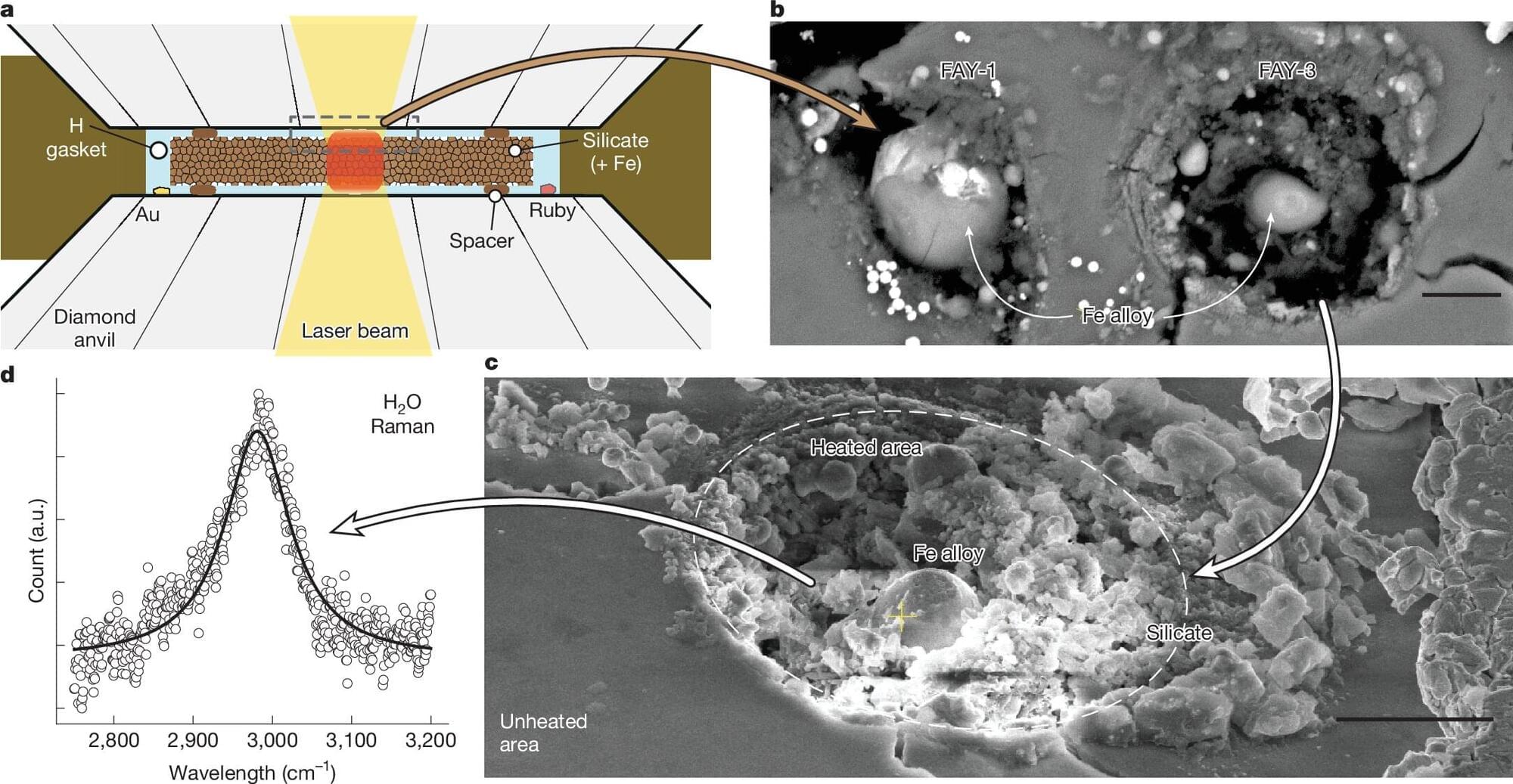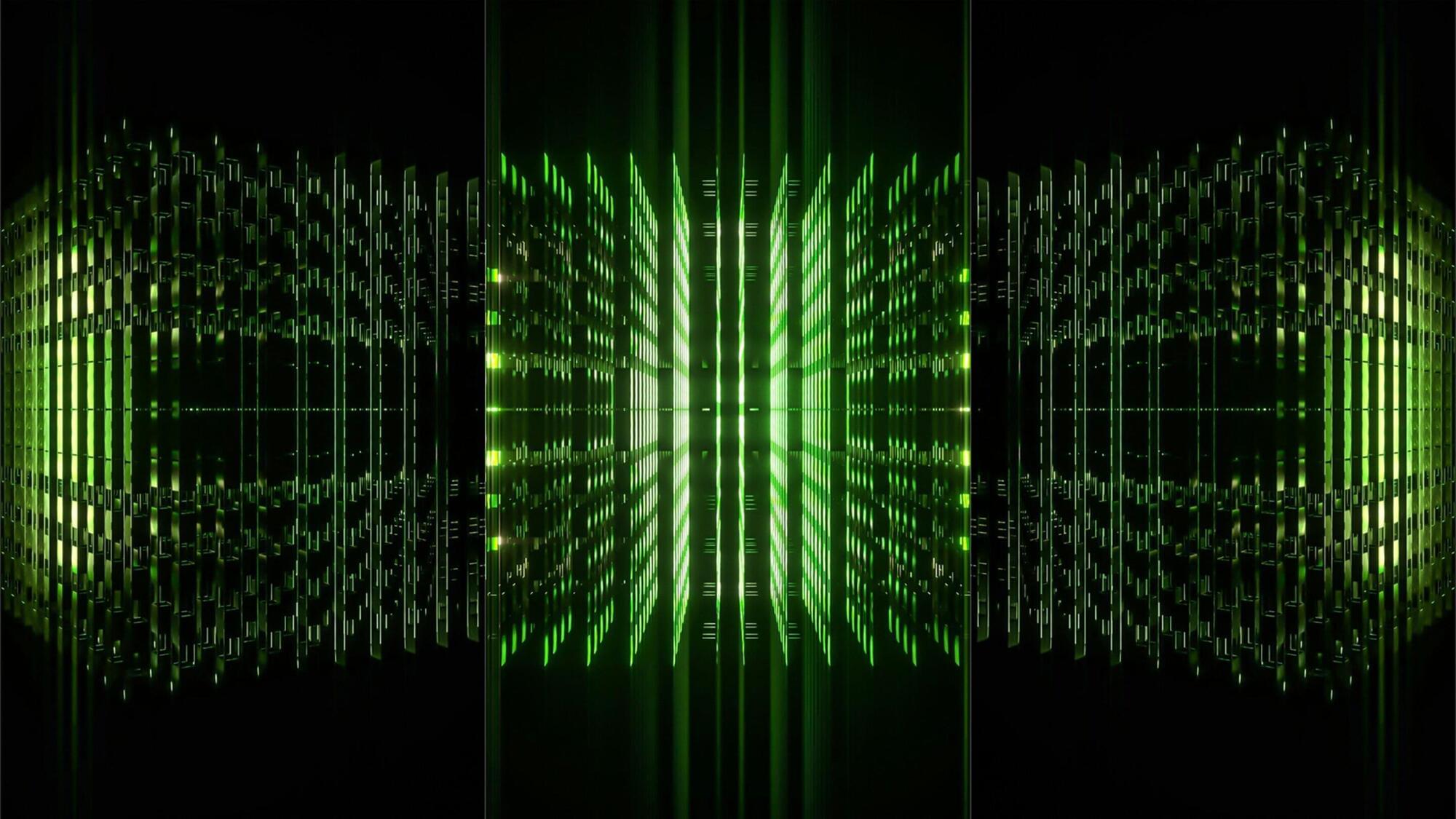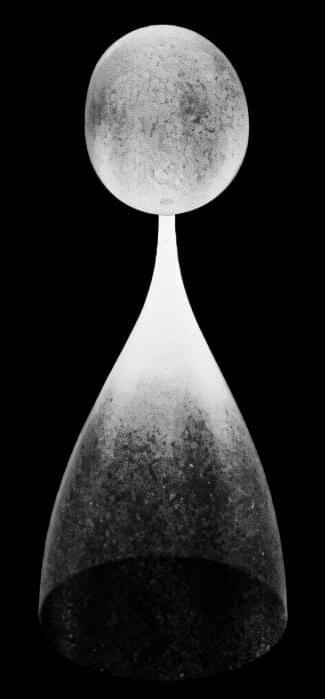As more and more exoplanets are discovered throughout the galaxy, scientists find some that defy explanation—at least for awhile. A new study, published in Nature, describes a process that might explain why a large portion of exoplanets have water on their surface, even when it doesn’t make sense.
Water where it shouldn’t be A particular category of exoplanets that are between the size of Earth and Neptune, referred to as “sub-Neptunes,” generally have a rocky core, which is surrounded by an envelope of either hydrogen or water. This makes sense if the planet forms farther away from its host planet, in a region where water can precipitate as ice. However, some of these planets are found much closer to their host stars, where it should be too hot to hold water at the surface.
While some planets may accumulate a certain amount of water from incoming comets and asteroids, that doesn’t work for these planets either. The amount of water that is typically found on their surfaces is too high for such explanations. Past experiments have also shown that hydrogen can reduce iron in silicates, producing water. However, they came to the conclusion that only small amounts of water would be produced at the kind of high pressures experienced at the surface of a sub-Neptune planet.






